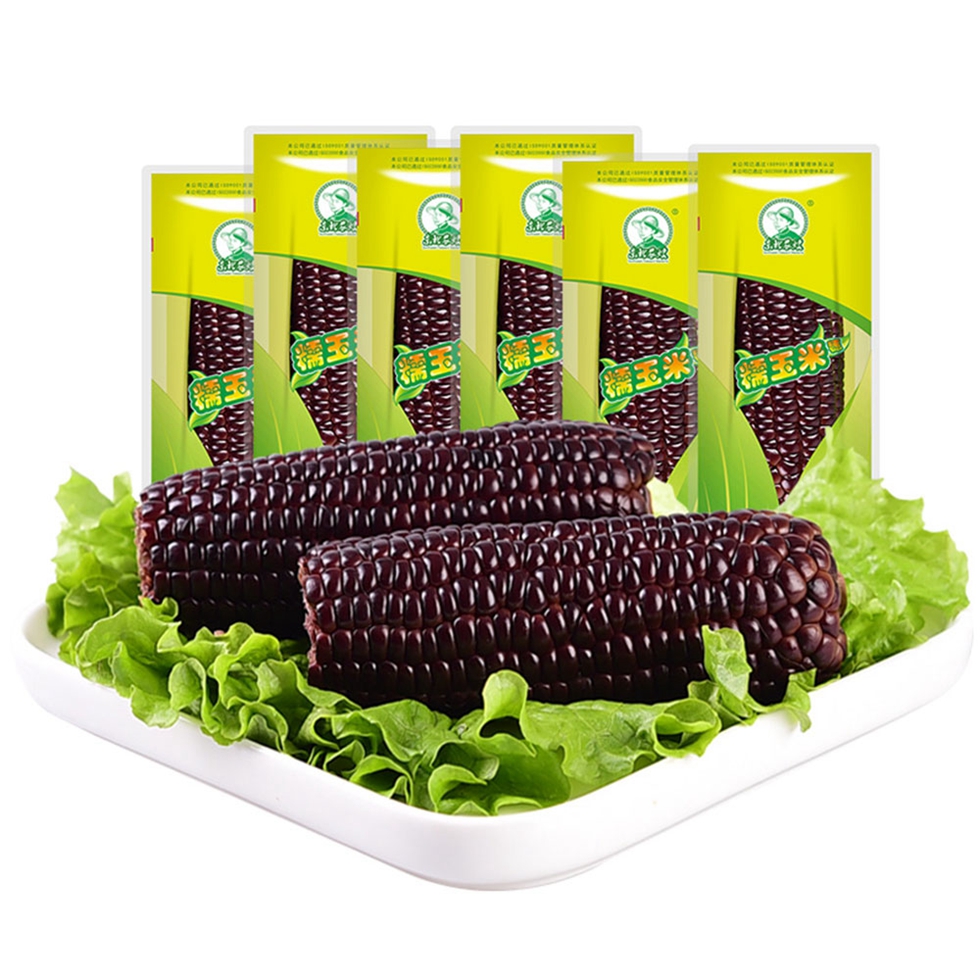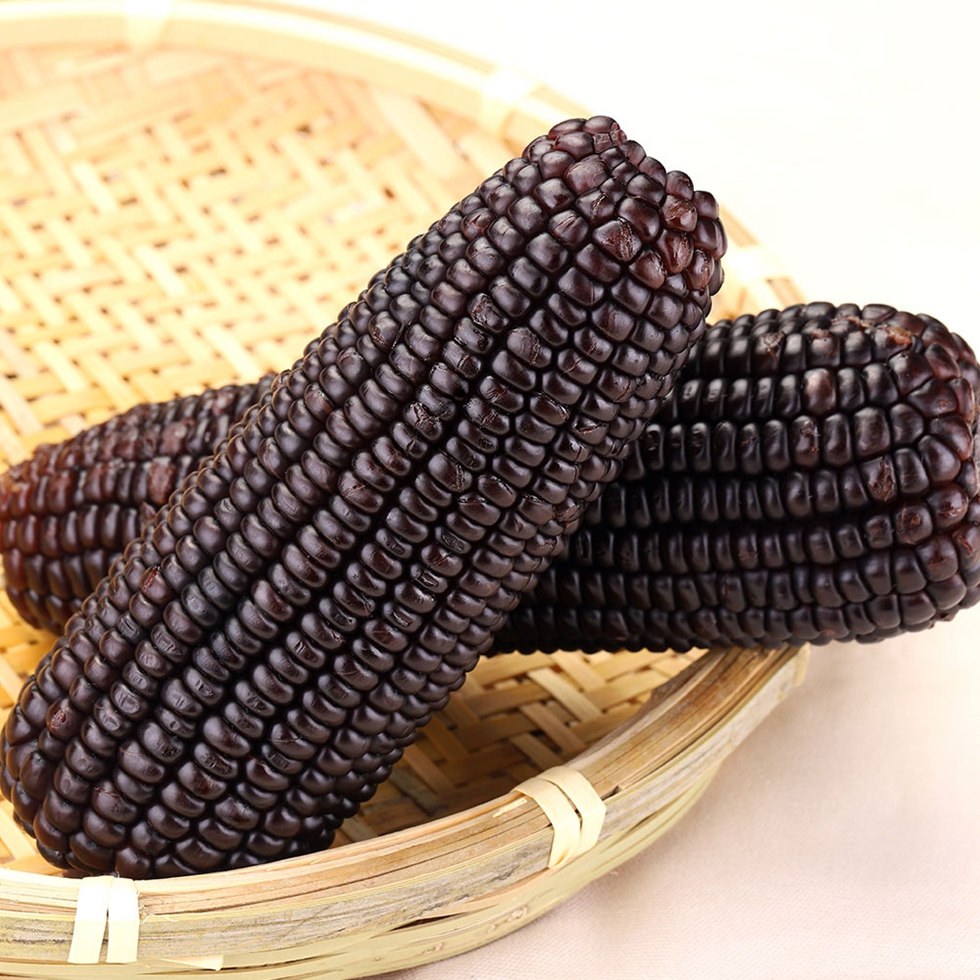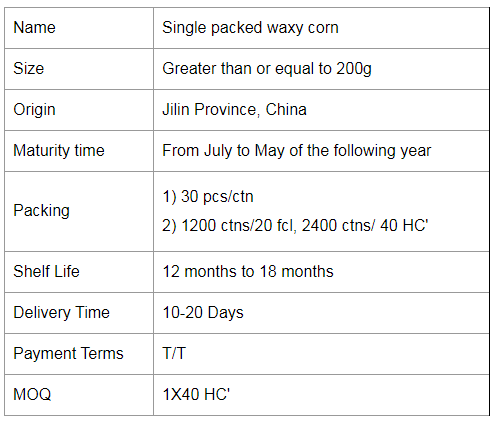1. Yellow Poplar
Larva silking connects the surrounding leaves and twigs as temporary nests, and then feeds them. In severe cases, the leaves eaten and the seedlings die.
Morphological characteristics: The wings of the adult body are grayish white, with a purple-brown broad band at the front edge, the outer edge and the trailing edge of the fore-wing, and two white spots on the front of the purple-brown band. The scales are shiny and the magenta glitter. The larvae have black heads and yellow-green crests. The topline, subline, and valve are dark green to dark green, and the valve lines are orange.
Occurrence pattern: In the northern region of China, two to three generations a year, larvae live in the midst of the pupa. The adult worms grow into nights and have phototaxis.
Control methods: (1) Manual killing: In the adult spawning period, combined with seedling pruning, the egg masses and insect pests are removed and burned. (2) Use black light for light trapping during the adult period. (3) When the larvae are seriously damaged, they can spray 50% killer pine emulsion 1000 times; or 4.5% beta cypermethrin 2000 times; Bt emulsion 500 times spray (Note: Bt emulsion is strictly prohibited with the use of fungicides, spraying The effect is better after 4 pm on cloudy days.)
2. Euonymus japonica
The larvae colonize the leaves and feed on the leaves. After eating the leaves, they eat the tender shoots and cause the whole plant to die. In order to fly through the winter, adult fly ability is not strong, with a strong phototaxis.
Morphological characteristics: adults, female adults wings silvery white, with a pale gray lines, sizes, irregular arrangement. The outer edge of the forehead has a continuous light gray pattern, the midline does not form a line, there is a large spot at the end of the middle chamber, the wing base has a dark yellow, brown, gray patch, the abdomen is golden yellow, and the black spots make up the stripe 9 lines. Male moth belly stripes 7 lines. The larvae are all black and the pronotum is yellow, with five nearly square dark spots, and the valve and ventral lines are wide and yellow.
Control methods: (1) Use adult phototaxis, light trapping in the adult stage. (2) The larvae should be sprayed with 500% of 500% acacia pine EC or 2000% of 4.5% beta-cypermethrin in the hazardous period. (3) Eradicate spawning eggs during spawning. Winter turn over the roots of the soil to kill overwhelming insects.
3. Japanese turtle wax introduced
A generation occurs one year, and the fertilized female adults overwinter on the branches.
Morphological characteristics: Female adults, waxy or slightly flesh-red, oval-shaped. Male adult, dark brown or brown, with deep head and chest backplates. Nymphs, wax shells oval to elliptic, slightly raised on the back.
Control methods: (1) Prevention and control of quarantine measures: When purchasing seedlings in different places, it is imperative to strictly implement the phytosanitary procedures to prevent pests from spreading. (2) Strengthen management of garden maintenance: Through environmental protection management, create environmental conditions that are not suitable for the survival of scale insects. Rotational planting was carried out to clear the garden in time, and defoliation, weeds, and pests and branches were burned in a centralized manner, which reduced the number of insect pests in overwintering, rationalized fertilization, and enhanced plant resistance. Reasonable pruning, making it airy and transparent, changing the living environment of intermediaries, weakening its fertility and reducing harm. (3) Chemical control: When the density of insect population is not high, soft brush can be used to kill a small amount of dichlorvos (1:50 to 100 times liquid). The nymphs are flourishing, spraying detergent diesel oil emulsion; 150 to 200 times buckwheat oil emulsion; 1% oxymatrine 1000 to 2000 times fluid; 2000 to 2500 times killing vigorously, spraying once every 10 days, even spraying 3 Times. (4) Protect natural enemies such as parasitic bees.
4. Peach meal
Wingless female nymphs and rufous clusters are harmed by shoots and sucking juice on the backs of young leaves, and white wax-like secretions are often found on the damaged leaves, which can easily cause coal pollution. In severe cases, the branches and leaves turn black and affect plant growth and ornamental value. . The Tangshan region takes about 10 generations a year.
Control methods: (1) Protect natural enemies such as ladybugs and grasshoppers. (2) Chemical control: It can be sprayed with 20% chrysanthemum emulsifiable concentrate 2000 times or 2000 to 3000 times imidacloprid powder.
5. Powdery mildew
Damage leaves of Euonymus japonicus, the damaged plant leaves showed shrinkage deformity, affecting growth. Powdery mildew is mostly distributed on the front of leaves of Euonymus japonicus, rarely on the back of the leaves, with a single round of lesions, and the white lesions are enlarged and healed irregularly.
Control methods: (1) Appropriate trimming to enhance permeability. (2) In the initial stage of disease, 25% triadimefon 1300 times, 70% thiophanate-methyl 700 times, and 50% eutectic WP 800 times. If the disease is serious, it must be trimmed, and the diseased leaves must be cut off and burned, and then sprayed with pesticides.
6. Leaf spot disease of Euonymus japonicus
When the damage is serious, it causes the fallen cedar to fall ahead of time, forming a bald branch, affecting the viewing, and even causing death.
The disease occurred on the new leaf, which developed a small yellow spot and expanded into an irregular large spot. The lesion edge bulged and the brown edge was wider. There is an extended yellow halo around the bulging edge, with a yellow-brown or gray-brown center and black dots on top.
Colorful Mottled Waxy Corn is generally white, yellow, red, purple and black, with white, yellow and Black Waxy Corn being the basic colours. The purple gene of a purple-white cross naturally becomes purple if it "beats" the white gene, and vice versa, so if the two make a tie, we see white and purple corn. Purple can turn into red and Fresh Black Corn, or as we often say, "red is purple and black is purple". Of these Mottled Waxy Corn, the most common Yellow Waxy Corn is the most nutritious, as it is rich in carotenoids.



Purple Waxy Corn,Single Packed Waxy Corn,Single Packed Black Waxy Corn,Single Packed Purple Waxy Corn
Jilin Province Argricultural Sister-in-law Food Co., Ltd. , https://www.nscorn.com